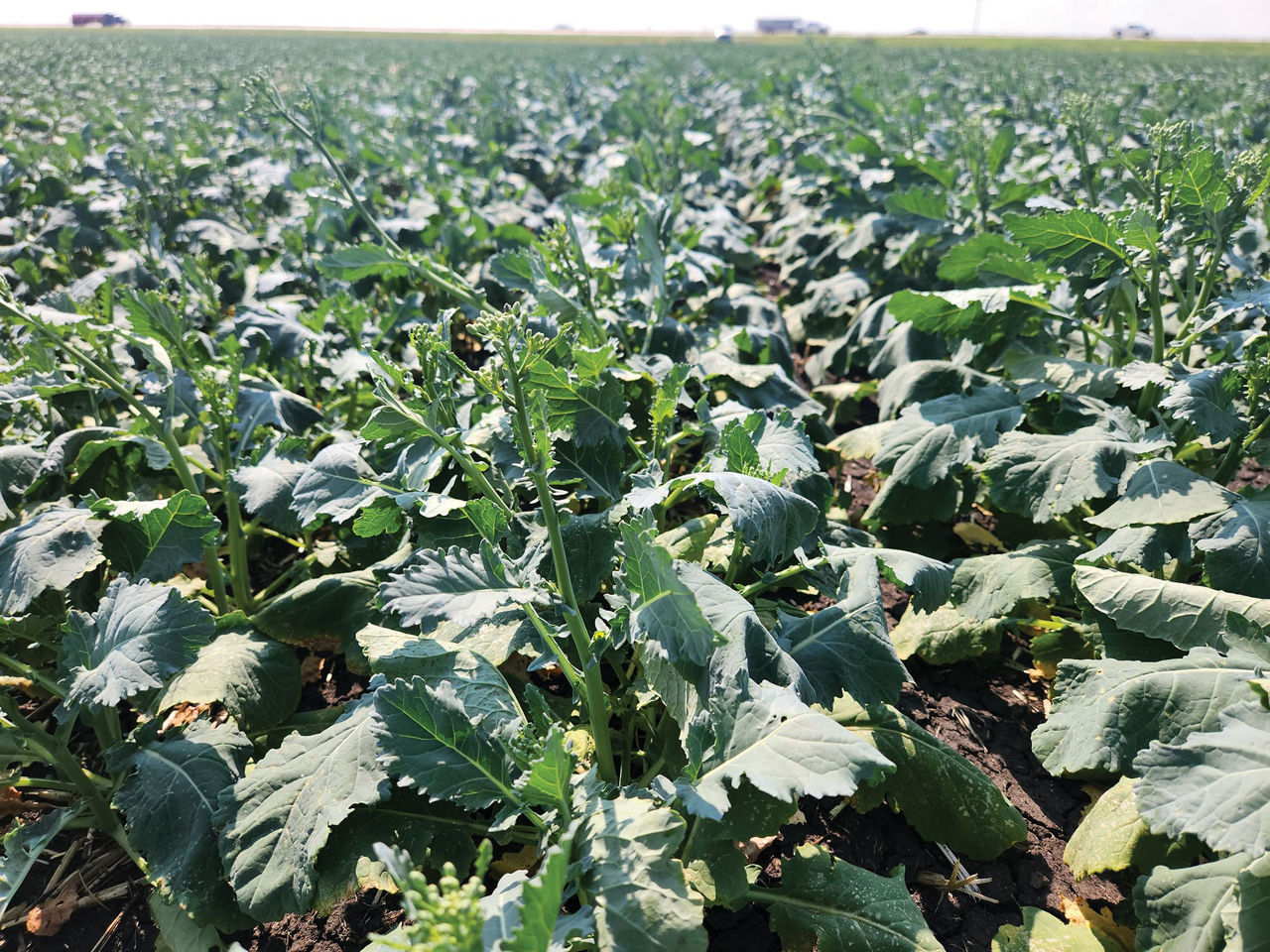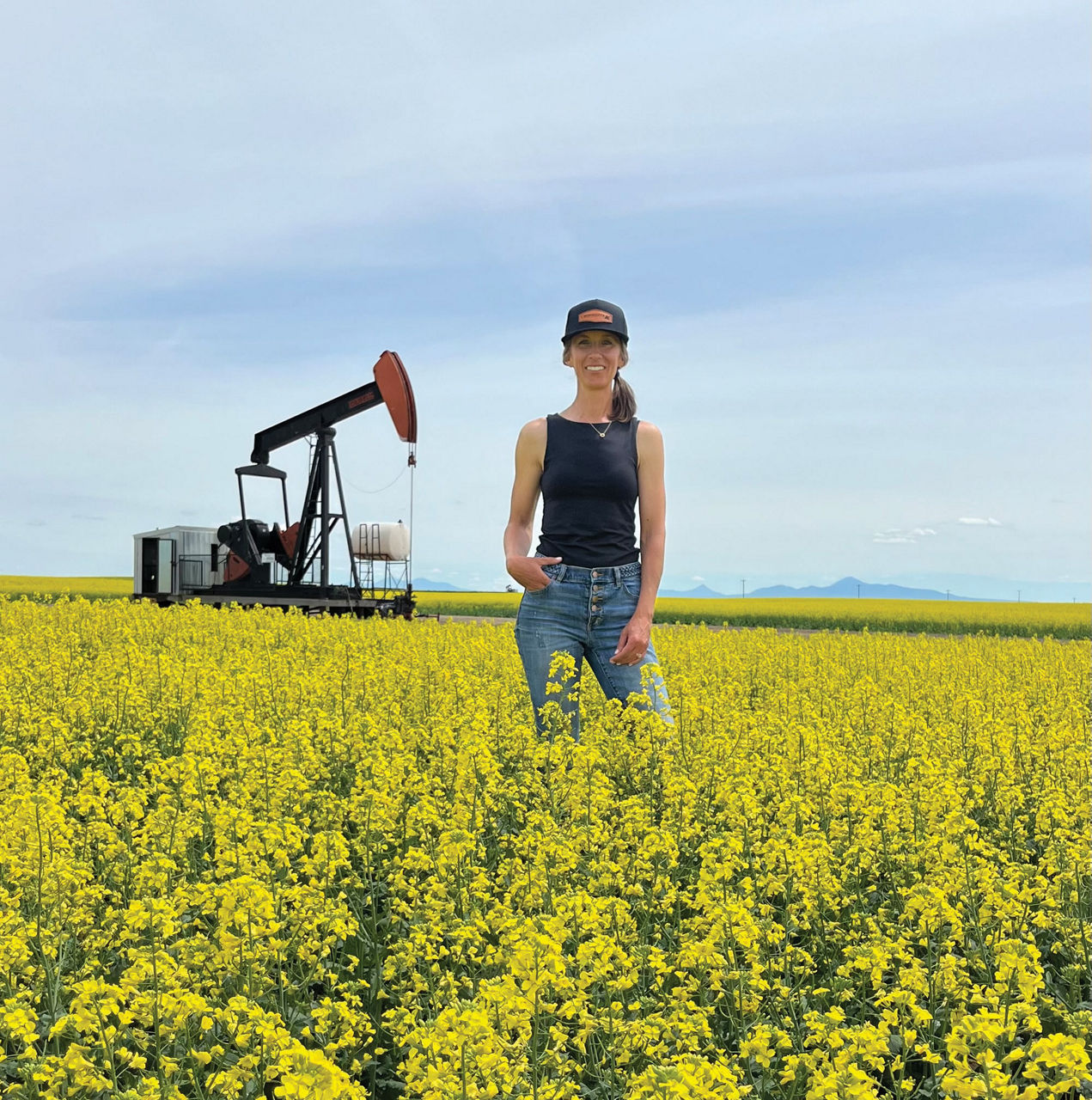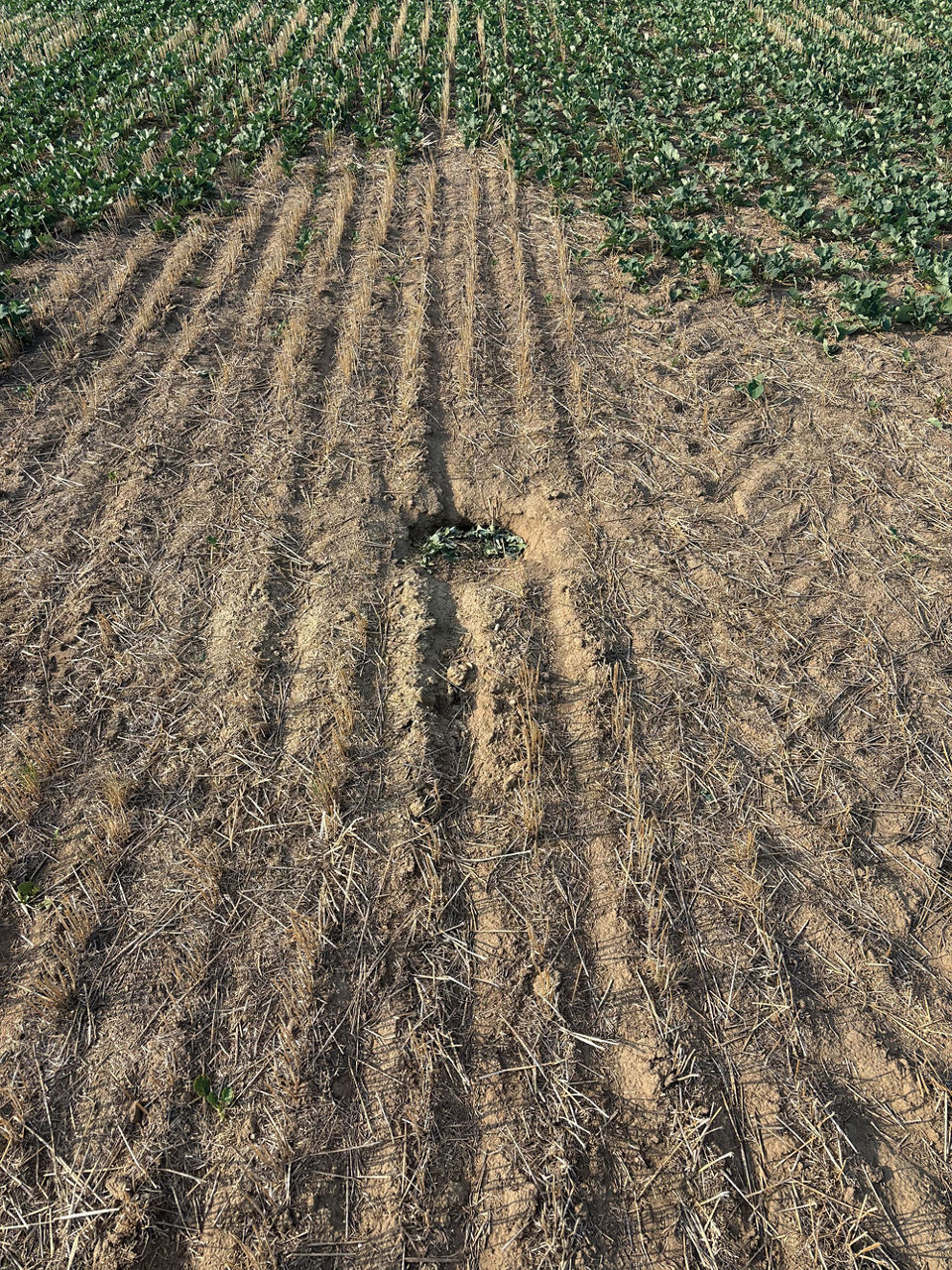Canola fared better than expected this year despite adverse weather conditions and disease pressure
October 24, 2025

By Trevor Bacque
Canola is still the most important crop, financially speaking, for many farmers across the Prairies, even in the face of geopolitical issues. The 2025 canola growing season was mixed depending on where you farm. Certain farmers contended with too much moisture, others not enough, while some areas saw contrasts between excess heat and picture-perfect warm days during flowering. Farm Forum talked to three agronomists about how the Prairies’ canola fared this year.

Most farmers east of Highway 2, Alberta’s main north-south artery, experienced dryness at the start of the year and hopes were not high for a good yield. But the high heat typical of late June-early July never materialized, and warm temperatures paired with timely rains propelled many in the area to a highly profitable canola harvest.
“Historically once July hits, we’re done,” says Seward. “There’s no rain, just heat, but (this year) we’ve managed to escape it.” Most days in July topped out at 25 C, and it rained fairly regularly.
Seward says lots of other crops struggled with the late rains in July, but canola thrived, thanks to new hybrids. “We hate the cost of seed, but we really love how these hybrids perform,” she says. “If you would have said to me at the beginning of the year that we were going to cut 40-bushel canola, I would have laughed at you. The work that’s being done to bring these hybrids to market is phenomenal to see.”
With respect to pests, the main problem is crucifer flea beetles, says Seward. They used to show up in spring and at harvest, but now, they seem to be here to stay.
Seed treatments are effective and are rapidly becoming a baseline requirement to protect the crop, she says. A new nuisance is gophers. With farmers banned from using strychnine, gophers are increasingly running amok, and their favourite plant is canola.

On the disease front, Seward encourages farmers to be vigilant with blackleg. “It’s around more than you think it is,” she says, adding that farmers must work harder to properly ID blackleg as it is often confused with verticillium stripe.
“On the years we get rain, (blackleg) might be a little bit of a silent yield robber that we’re missing out on identifying, and taking into consideration,” she says. In her area, farmers also contended with cutworm outbreaks. She says most farms, if not all, now deal with kochia and wild oat, which has risen to epidemic levels.
Despite the challenges, Alberta is faring well, including the eastern areas. “This year I'm confident going into harvest that we are going to be pleasantly surprised with our yield.”

In Saskatchewan, it was a moisture sandwich going north to south: dry then moist then dry again. Kaeley Kindrachuk explains that the “middle” rain wasn’t quite uniform with several areas, such as the west central region, getting their fill, while most of the province began the season quite dry.
The province experienced its usual July heatwave, but it was short-lived and didn’t negatively affect the plants. “That really helped us during flowering,” says Kindrachuk.
She says that fewer flea beetle and cutworm reports indicate seed treatments are working well. More worryingly, cabbage seedpod weevil expanded its reach to northern and eastern Saskatchewan (thankfully not to economic thresholds), while bertha armyworm moth numbers were high in certain areas, prompting widespread spraying throughout the north, northeast and east, plus pockets in the west.
Since both pests overwinter either as pupae (bertha armyworm) or immature adults (cabbage seedpod weevil), farmers in affected regions should include them in their scouting lists for 2026. “Growers should also be aware that there are viruses and fungus that infect these worms, so they may also be dead on top of the plants,” says Kindrachuk. “This is why proper scouting is important.”
Blackleg and verticillium stripe are major concerns. Kindrachuk urges farmers to submit stem samples for testing (SaskOilseeds offers this free to Saskatchewan farmers), adding these diseases often present different than classic “textbook” symptoms and it can be difficult to differentiate them. Lab tests will detail which blackleg races are present, and if verticillium stripe is present so you can plan accordingly for next year.
Kochia and wild oats are major concerns. Pay attention to what products and herbicide groups you use and test suspicious seeds.
“This is a much better year and for the most part farmers are feeling a little better this year compared to last,” she says.

Manitoba farmers started the season with drier conditions, which, for some, necessitated re-seeding. Chris Manchur says that those who did were rewarded with later season rains, but the lack of rainfall overall helped to keep sclerotinia infections at a minimum.
Manitoba was hit particularly hard with wildfire smoke this year. With flowering occurring from around mid-June to early-August, Manchur thinks the smoke might have a beneficial effect. “The smoke helped in terms of keeping that harsh sun off of the canola,” he says. “I think that’s going to translate into a bit better yield than we saw last year.”
Manchur thinks new canola hybrids continue to prove their merit and is impressed with how far breeding has come to give yield stability and resiliency, even in tough conditions. “Today’s cultivars help with disease, weeds and harvest management,” he says. “All these things are contained with those genetics. That’s pretty impressive.” Still, he encourages farmers to check their stubble for both blackleg and verticillium stripe and, if the latter is found, to select appropriate genetics to combat it in the next growing season.
He says the latest pest concern is the expanding range of cabbage seedpod weevil. Manchur says that what started on the west side of the province has now been found on the east side across the Red River Valley, and growers may be unfamiliar with the weevil’s trademark tiny little holes it leaves, mistaking it for insect feeding or premature ripening from sclerotinia infection. Farmers should get familiar with scouting techniques for this pest and look for it in 2026.
